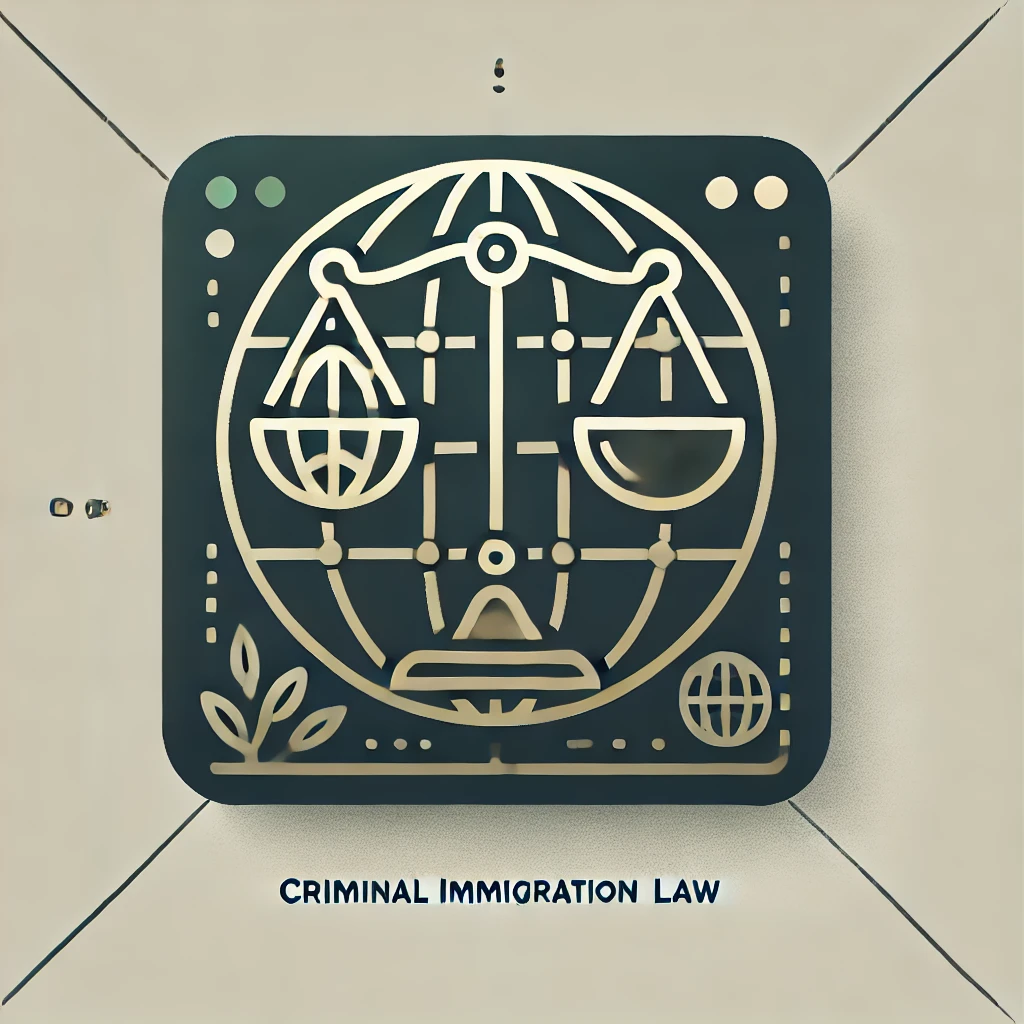Introduction
When it comes to navigating the complex world of immigration, understanding your options can feel like wandering through a maze. That’s why Exploring Relief Options in Immigration Cases is crucial for anyone facing immigration challenges. Whether you’re seeking asylum, adjusting your status, or dealing with deportation, knowing your relief options can make a significant difference in your case.
Types of Relief Options,
How to Apply for Relief,
Common Challenges in Immigration Cases,
Key Takeaways,
Conclusion
Exploring Relief Options in Immigration Cases
What is Immigration Relief?
So, what exactly do we mean by relief options in immigration cases? In simple terms, immigration relief refers to the various legal avenues available to individuals who are facing removal from the United States or who need assistance in adjusting their immigration status. Think of it as a safety net designed to catch those who might otherwise fall through the cracks of the immigration system.
Types of Relief Options
There are several types of relief options available, each tailored to different situations. Here’s a rundown of the most common ones:
1. Asylum
If you fear persecution in your home country, applying for asylum might be your best bet. This option allows you to stay in the U.S. if you can prove that you have a well-founded fear of persecution based on race, religion, nationality, political opinion, or membership in a particular social group.

USCIS taking too long? Discover how a Mandamus lawsuit can get your case moving.
Learn How a Writ of Mandamus Can Help2. Cancellation of Removal
For those already in removal proceedings, cancellation of removal can provide a lifeline. This option is available to certain non-permanent residents who can demonstrate that their removal would cause exceptional and extremely unusual hardship to their U.S. citizen or lawful permanent resident family members.
3. Adjustment of Status
If you are eligible for a green card, you might consider adjusting your status. This process allows you to transition from a temporary visa to permanent residency without having to leave the U.S.
4. Temporary Protected Status (TPS)
TPS is granted to individuals from designated countries experiencing ongoing armed conflict, environmental disasters, or other extraordinary conditions. If you qualify, you can live and work in the U.S. temporarily.
5. Special Immigrant Juvenile Status (SIJS)
For minors who have been abused, neglected, or abandoned, SIJS provides a pathway to lawful permanent residency. This option is crucial for protecting vulnerable children in the immigration system.
Get complimentary general advice via email or WhatsApp!
For more in-depth legal counsel, phone or office consultations are available for a flat fee for up to 40 minutes.
Contact Us on WhatsApp Visit Our Contact PageHow to Apply for Relief
Applying for relief options can be a daunting task, but breaking it down into steps can help. Here’s a simple guide to get you started:
- Determine Eligibility: Before you apply, ensure you meet the eligibility criteria for the relief option you’re considering.
- Gather Documentation: Collect all necessary documents, including identification, proof of residency, and any evidence supporting your case.
- Complete the Application: Fill out the appropriate forms accurately. Mistakes can lead to delays or denials.
- Submit Your Application: Send your application to the correct USCIS office, and keep copies for your records.
- Attend Interviews: Be prepared for interviews or hearings. This is your chance to present your case in person.
Common Challenges in Immigration Cases
While exploring relief options, you may encounter several challenges. Here are a few common hurdles:
- Complex Legal Language: Immigration law is filled with jargon that can be confusing. Don’t hesitate to seek help if you’re unsure about something.
- Strict Deadlines: Missing a deadline can jeopardize your case. Keep track of all important dates.
- Emotional Stress: The uncertainty of immigration cases can take a toll on your mental health. Remember to take care of yourself during this process.
- Changing Laws: Immigration laws can change frequently, making it essential to stay informed about any updates that may affect your case.
Key Takeaways
- Understanding relief options is crucial for anyone facing immigration challenges.
- There are various types of relief, including asylum, cancellation of removal, and adjustment of status.
- Applying for relief involves determining eligibility, gathering documentation, and submitting applications on time.
- Common challenges include complex legal language, strict deadlines, and emotional stress.
Conclusion
In conclusion, navigating the world of immigration can be overwhelming, but you don’t have to do it alone. Understanding your relief options is the first step toward finding a solution that works for you. Remember, seeking legal help early can make a world of difference in your case. Don’t hesitate to reach out to an immigration attorney who can guide you through the process and help you explore all available options. You deserve peace of mind and a chance to build a better future.
Related Articles
- Understanding the Asylum Process,
- How to Prepare for Your Immigration Interview,
- Top Mistakes to Avoid in Immigration Applications,
- The Importance of Legal Representation in Immigration Cases,
- What to Expect After Filing for Adjustment of Status,
- Understanding Deportation Proceedings,
- Family-Based Immigration: A Comprehensive Guide,
- Temporary Protected Status: Eligibility and Benefits,
- How to Gather Evidence for Your Immigration Case,
- Common Myths About Immigration Law,
